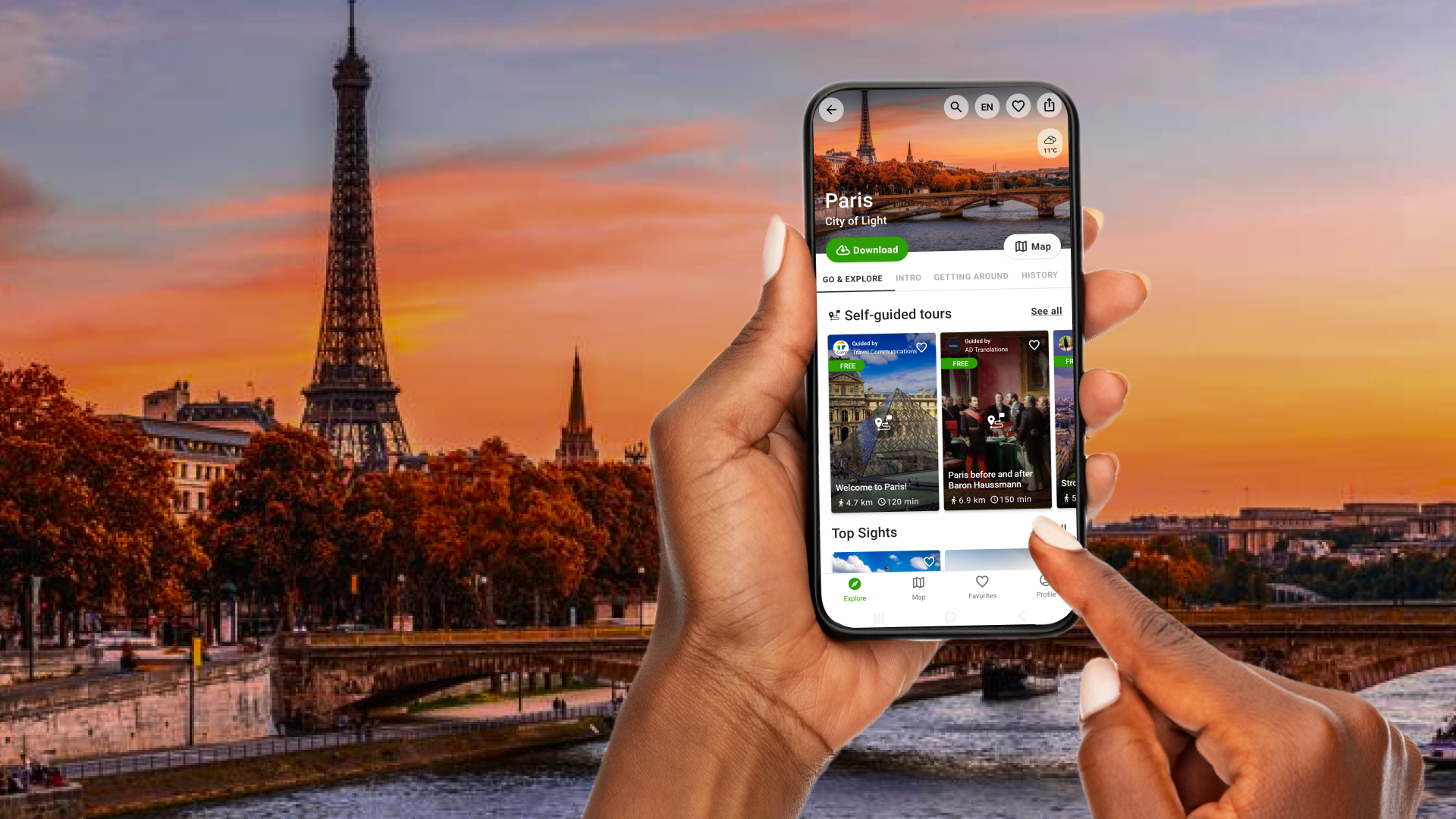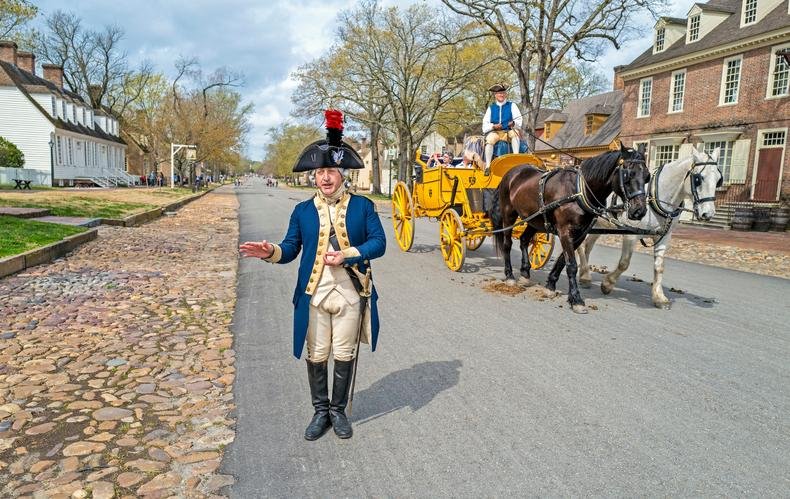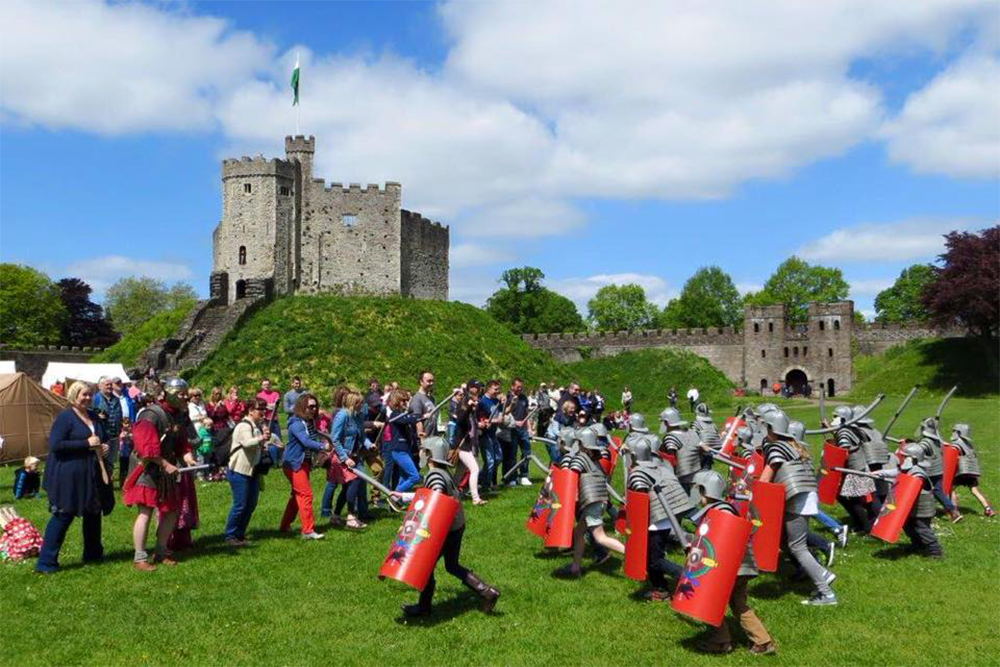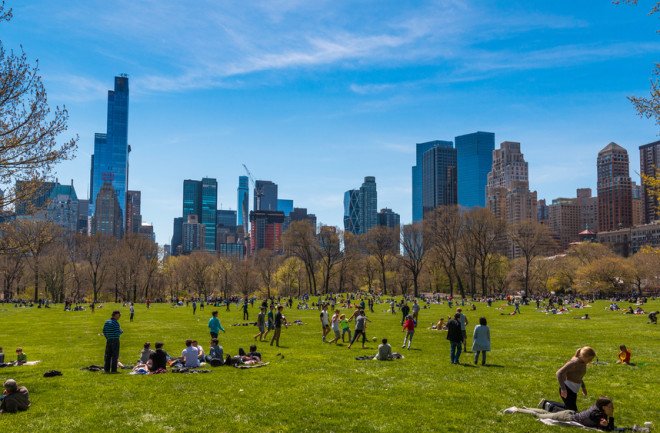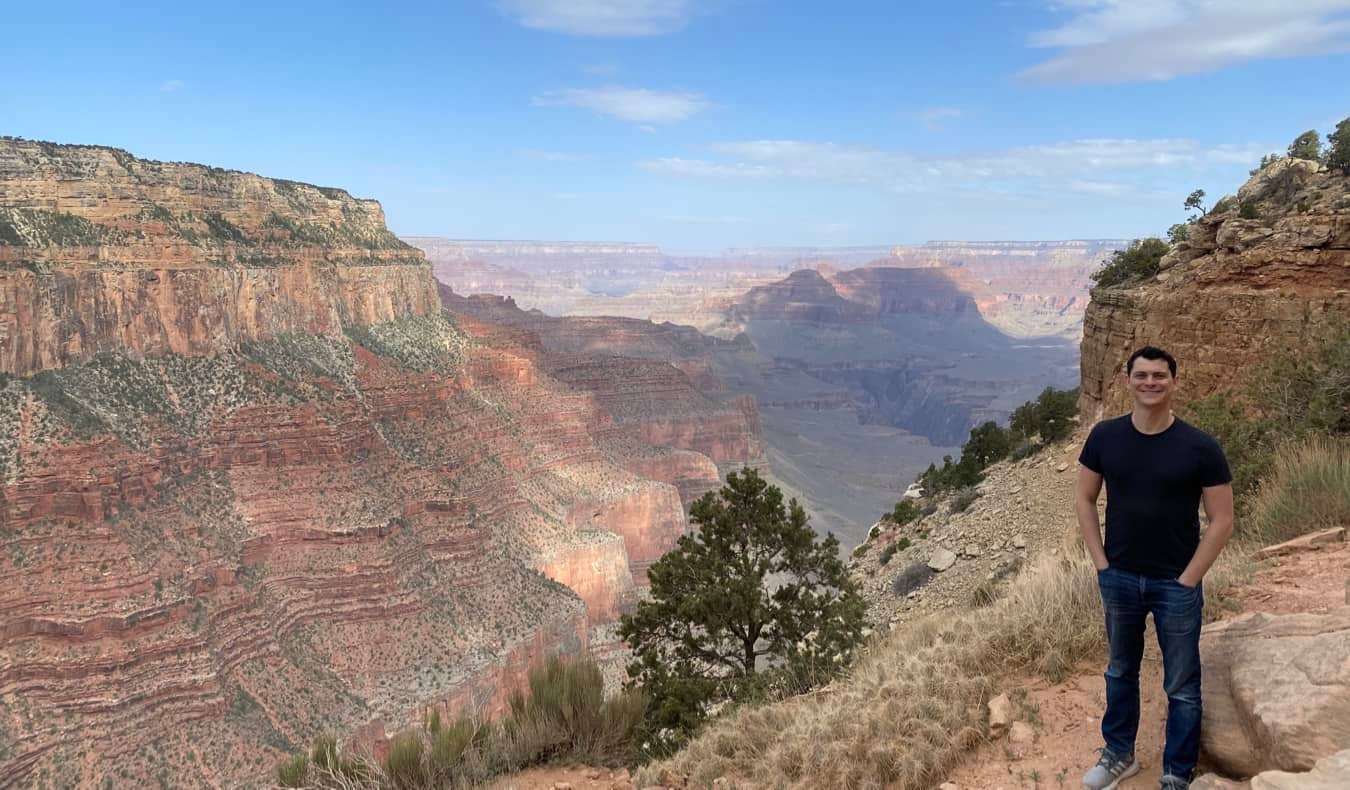Riverwalks: Enjoy Scenic Views Along the Water
A self-guided tour of riverwalks offers a picturesque journey along the serene and scenic pathways that follow the river’s course through your city. These riverwalks provide a blend of natural beauty, recreational opportunities, and cultural attractions, making them perfect for relaxation and exploration. This guide will help you navigate your tour along the river, allowing you to appreciate the tranquility and vibrancy of these waterfront areas.
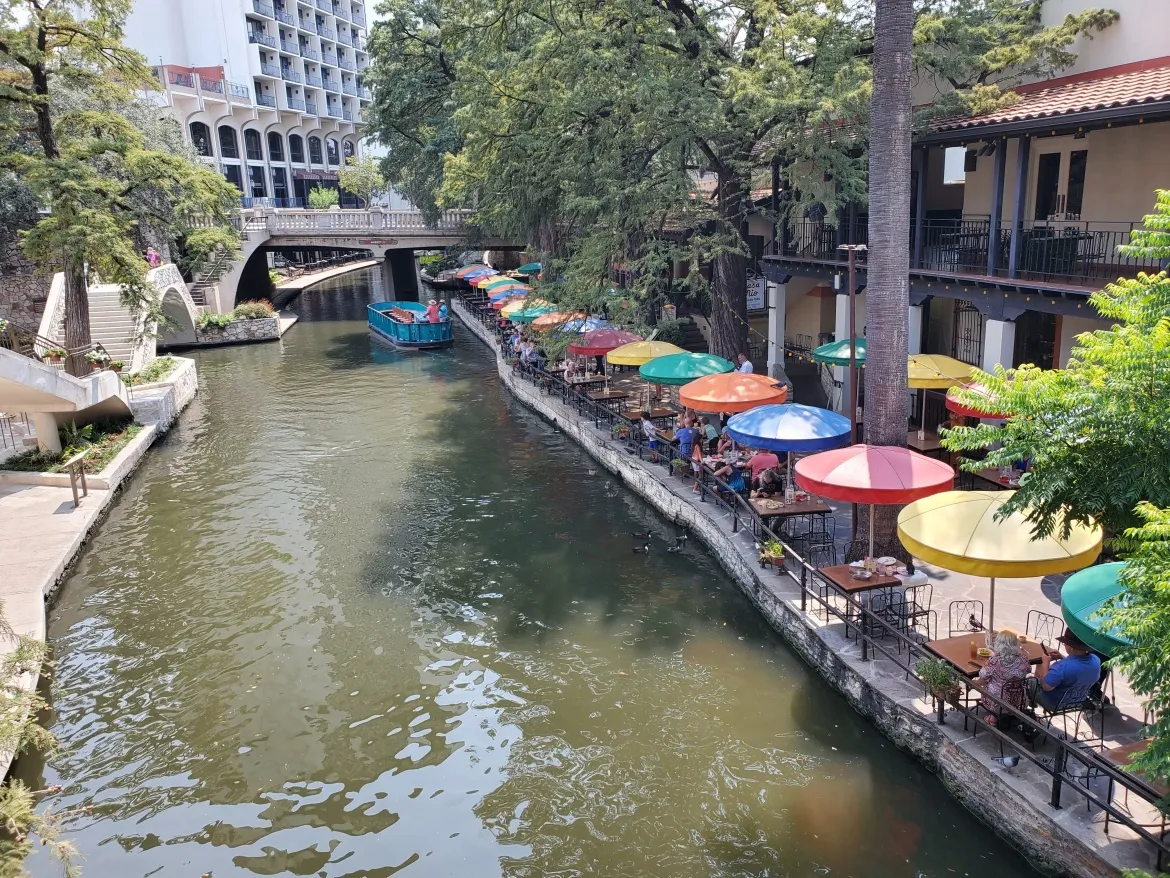
Plan Your Riverwalk Route
Start by researching the riverwalks in your city. Look for routes that offer a mix of scenic views, recreational amenities, and points of interest. Utilize local maps, online resources, and community recommendations to create a list of must-visit riverwalks. Planning your route ensures you cover the most beautiful and engaging sections along the river.
Begin with Popular Riverwalks
Kick off your tour with visits to well-known riverwalks that are celebrated for their scenic beauty and amenities. These riverwalks often feature well-maintained paths, lush greenery, and plenty of spots to sit and enjoy the view. Take your time to walk along the water, breathe in the fresh air, and appreciate the natural surroundings.
Explore Historical Sites Along the River
Next, delve into historical sites and landmarks located along the river. Many riverwalks pass by historical buildings, bridges, and monuments that offer a glimpse into the city’s past. Take time to read informational plaques and learn about the historical significance of these sites as you enjoy your walk.
Discover Parks and Recreational Areas
Include visits to parks and recreational areas that are accessible from the riverwalk. These green spaces often offer picnic areas, playgrounds, and sports facilities, making them perfect for a leisurely break or family activities. Enjoying these parks adds variety to your tour and provides additional opportunities for relaxation and fun.
Visit Riverfront Cafes and Shops
Incorporate visits to riverfront cafes and shops that provide a charming and lively atmosphere. Many of these establishments offer outdoor seating with beautiful views of the river, making them ideal for a relaxing meal or a coffee break. Shopping at riverfront stores allows you to find unique souvenirs and support local businesses.
Engage in Water Activities
Take advantage of water activities available along the riverwalk, such as kayaking, paddleboarding, or boat tours. These activities offer a different perspective of the river and enhance your connection with the water. Participating in water activities adds an adventurous element to your tour and allows you to experience the river up close.
Capture the Scenic Views
Document your tour by taking photographs of the scenic views and interesting sights along the river. Capture the reflections on the water, the vibrant greenery, and any wildlife you encounter. Keeping a visual record helps you remember the highlights of your tour and share your experiences with others.
Reflect on the Tranquility and Vibrancy
After completing your tour, take time to reflect on the tranquility and vibrancy of the riverwalks you visited. Consider how these areas contribute to the well-being of city residents and the overall charm of the city. Reflecting on these aspects helps you appreciate the value of preserving and enjoying waterfront areas.
Conclusion
A self-guided tour of riverwalks offers a serene and enriching exploration of your city’s waterfront beauty. By planning your route, visiting popular riverwalks, historical sites, parks, and engaging in water activities, you gain a deeper appreciation for the scenic and vibrant nature of these areas. Enjoy the journey along your city’s riverwalks and let each step reveal the peaceful and lively charm that makes them special.



